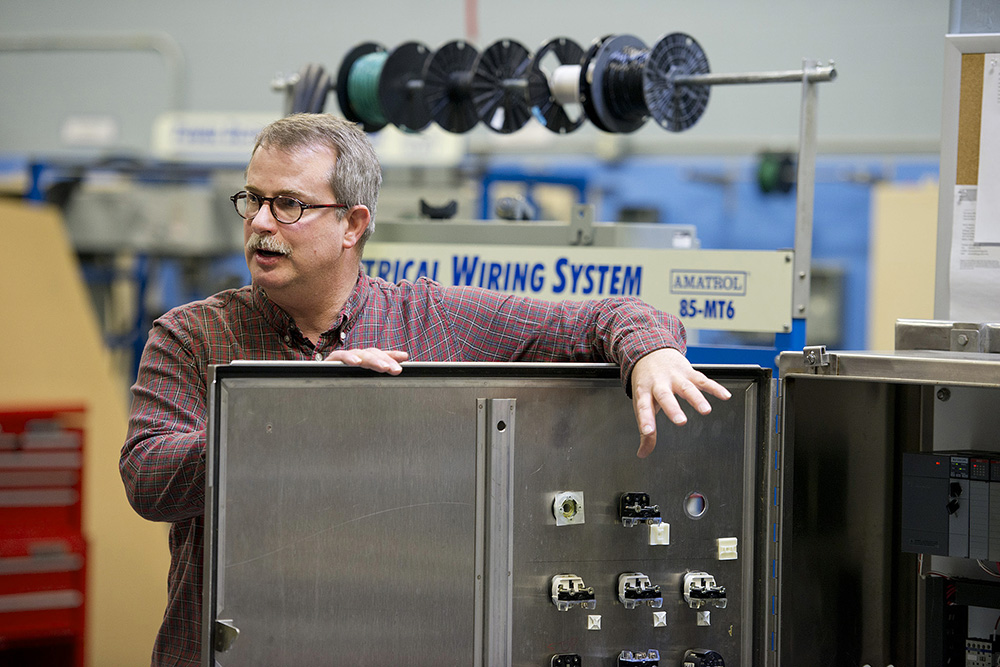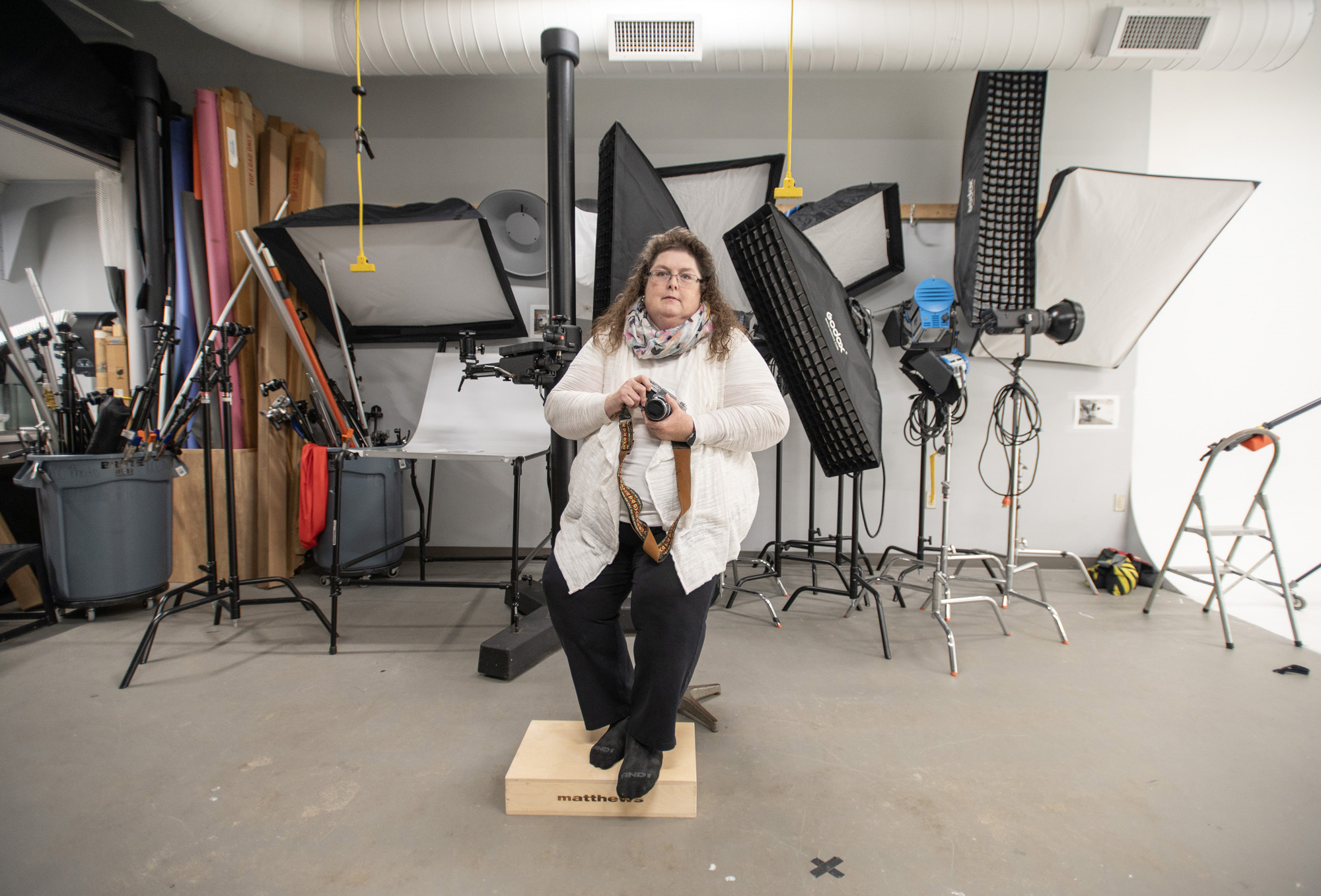May is National Electrical Safety Month, and Kevin Barnes (pictured above), a professor in Kellogg Community College’s Industrial Electricity/Electronics Program, has provided the following practical electrical safety tips for the home.
4 Electrical Safety Tips for the Home
By Kevin Barnes
Kellogg Community College
Electrical safety in the home is straightforward but can be overlooked very easily. Every year people are injured in the home from faulty or misused electrical equipment and appliances. Several organizations such as Underwriters Laboratory and the National Fire Protection Association offer free online information to help prevent electrical accidents in the home. Here are a few simple tips to safeguard you and your family this summer while at home.
- Only use an extension cord as a temporary option to power a device. Cords are not designed to be connected for extended periods of time with exposure to the elements.
- Also, be sure to check the ground prong on the cord. If the third, round prong on a cord is missing or the plug does not stay firmly connected, either replace the cord or have it repaired.
- Don’t run cords through windows or doors. Another safety concern is running a cord through a window or door. The cord can become pinched and damaged if it is in a doorway or window and in this situation cause a shock or fire hazard. Either reroute the cord or have a receptacle installed in a location close to the device so you can plug in conveniently.
- Test your ground fault circuit interrupters. Ground fault circuit interrupters, or GFCIs, are safety devices required in the home to prevent the accidental shock associated with current flow through the human body. These devices can be found in the bathroom, kitchen, basement and outside locations and will measure the electricity going out on the wires and compare it to the returning electricity. If there is a difference in this measurement, the GFCI will open the circuit preventing the energy from flowing through your body. It is a good idea to test these devices at least monthly.
With just a few simple steps, safety in the home can be increased and the summer can be more enjoyable for everyone.
For more information about KCC’s Industrial Electricity/Electronics Program, visit www.kellogg.edu/industrial-electricityelectronics.














